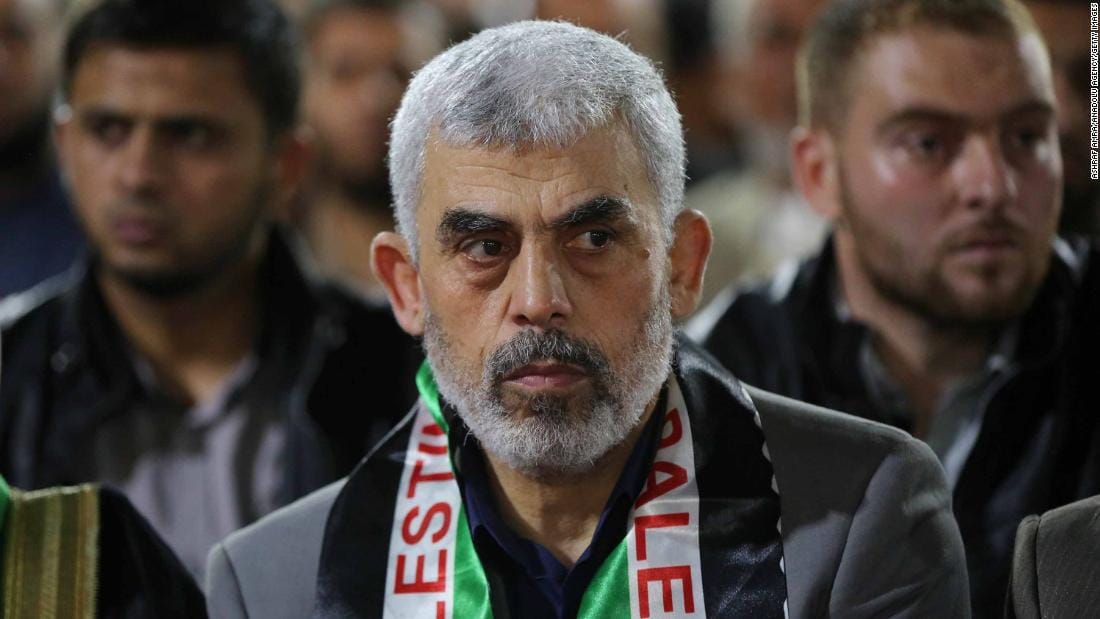In a significant development in the ongoing Israeli-Palestinian conflict, Israeli authorities have reported the recovery of the body of Mohammed Sinwar, a high-ranking military leader within Hamas. The announcement, made by the Israeli Defense Forces (IDF), comes after a targeted military operation that aimed to dismantle key operational structures of the Hamas organization, which governs the Gaza Strip. The circumstances surrounding Sinwar’s death and the subsequent recovery of his body have drawn widespread attention and have the potential to influence the current geopolitical landscape.
Mohammed Sinwar, who was appointed to lead Hamas’s military wing, the Izz ad-Din al-Qassam Brigades, has long been seen as a pivotal figure in the group known for its militant activities against Israel. His leadership was characterized by a focus on expanding the group’s military capabilities and conducting operations against the Israeli state. The significance of his role in Hamas extends beyond military operations; he has been instrumental in shaping the political narrative within Gaza, bolstering support for resistance against Israeli occupation among the Palestinian populace.
The announcement of his recovery follows an increased intensity of Israeli military operations in the region, targeting various Hamas installations deemed necessary for the security of Israel. While the details of the operation have not been fully disclosed, it is understood that the IDF employed advanced intelligence and military tactics to track Sinwar’s movements, leading to the successful execution of the operation.
The loss of such a high-profile leader is likely to prompt significant shifts within Hamas’s military strategy and organizational structure. Analysts suggest that the vacuum left by Sinwar could lead to internal struggles for power within the group, and possibly a recalibration of its overall strategies. Hamas has historically been characterized by its resilience in the face of losses, and it remains to be seen how it will navigate this setback.
Furthermore, the reaction from the Palestinian populace and other factions within Gaza could play a critical role in shaping the immediate aftermath of this event. Public sentiments regarding the leadership of Hamas may shift, especially given Sinwar’s dual role as both a military leader and a symbol of resistance. Reactions from Palestinian leadership and civil society organizations will be observed closely for indications of how this loss may influence ongoing hostilities or diplomatic initiatives.
The broader geopolitical implications of Sinwar’s death cannot be understated. Israeli officials have indicated that the operation marks a significant success in their ongoing efforts to neutralize threats from Hamas. However, such actions are often met with criticism from various international observers who argue that military solutions may exacerbate the cycle of violence rather than contribute to long-term peace.
In the context of international relations, the recovery of Sinwar’s body is poised to reignite debates on the effectiveness of current policies in the Israeli-Palestinian conflict. The incident highlights the complexities involved in addressing security concerns while also working towards a viable peace process. Various stakeholders in the region, including neighboring countries and international bodies, may respond to this development with renewed calls for dialogue or, conversely, for increased military support for one side or another.
It is also pertinent to consider how this development might influence upcoming negotiations or ceasefire agreements between Israel and Hamas. The dynamics of such talks typically hinge on mutual concessions and the framing of future engagements. With the removal of a key figure like Sinwar, Israel’s negotiating position may be bolstered; however, this carries the risk of inflaming tensions that could result in further hostilities on both sides.
As the dust settles on this latest chapter in the already complex Israeli-Palestinian conflict, the long-term ramifications remain uncertain. The recovery of Mohammed Sinwar’s body underscores the fragility of security and peace in the region. Analysts will be keenly observing how Hamas responds and reorganizes in the wake of this significant loss, as well as how the Israeli government utilizes this opportunity to shape the ongoing conflict narrative.
In summation, the discovery of the body of Mohammed Sinwar serves as a stark reminder of the persistent violence that characterizes the Israeli-Palestinian conflict. While it is a noteworthy military achievement for Israel, it simultaneously presents a moment of introspection for all stakeholders involved in the quest for peace in a region fraught with tension and discord. The international community will be closely monitoring the developments following this event, as it could have lasting implications for both the people of Gaza and the broader Middle East in the years to come.


